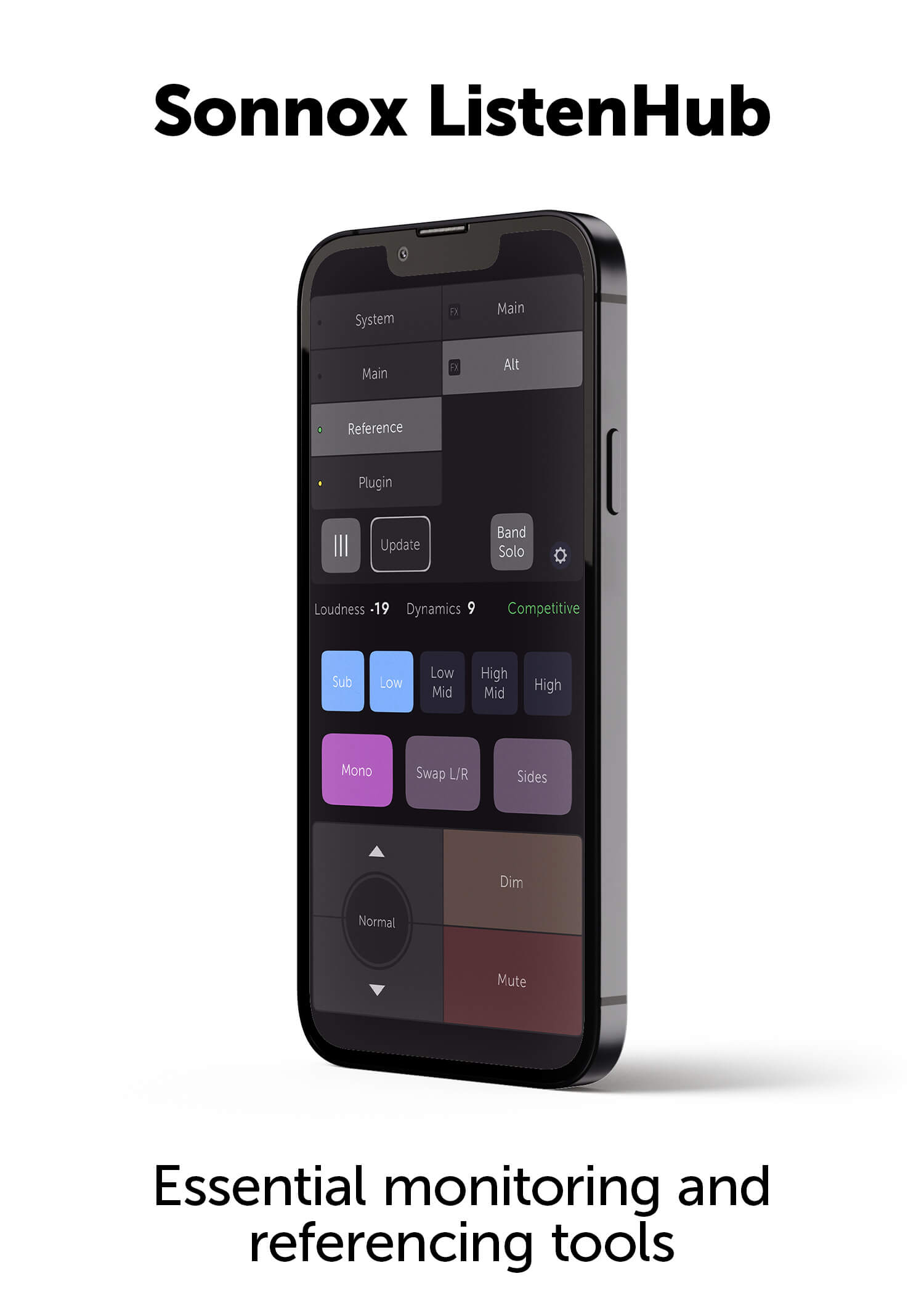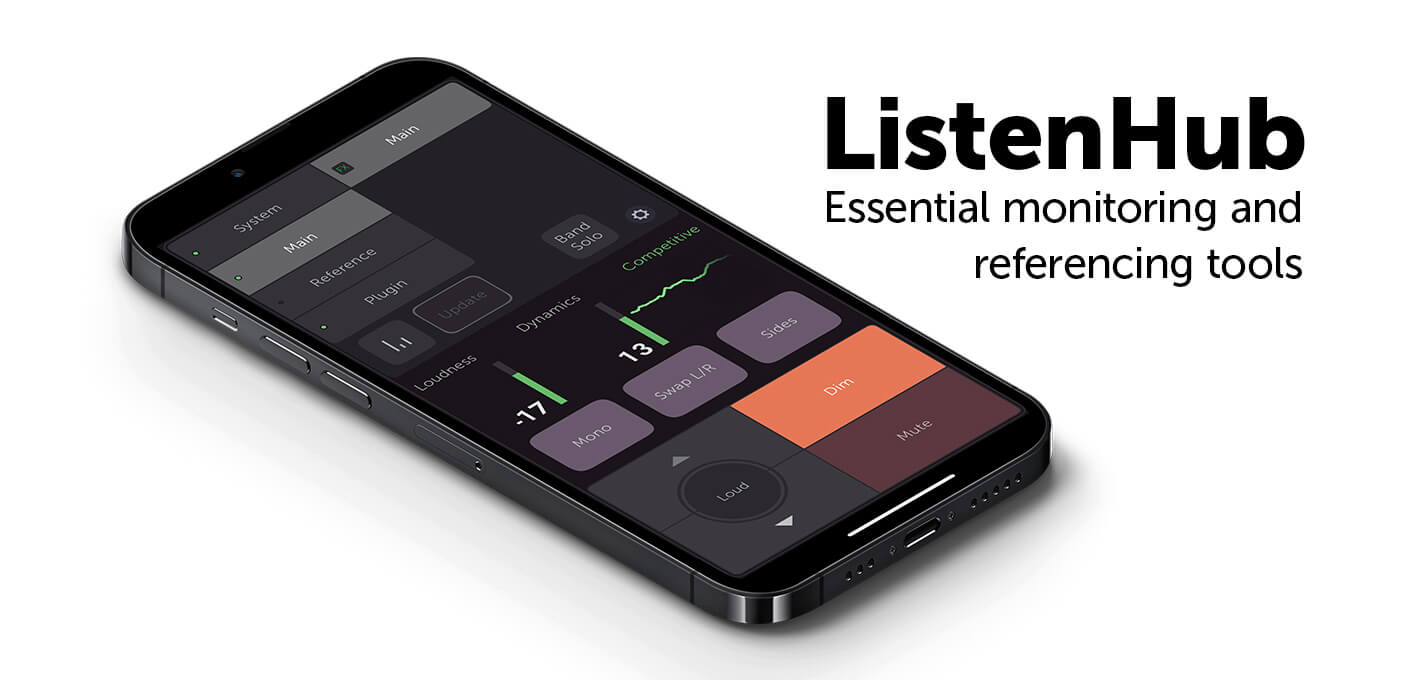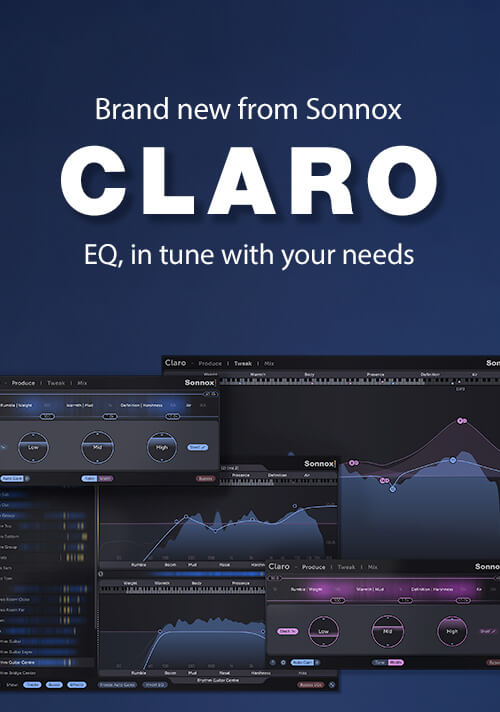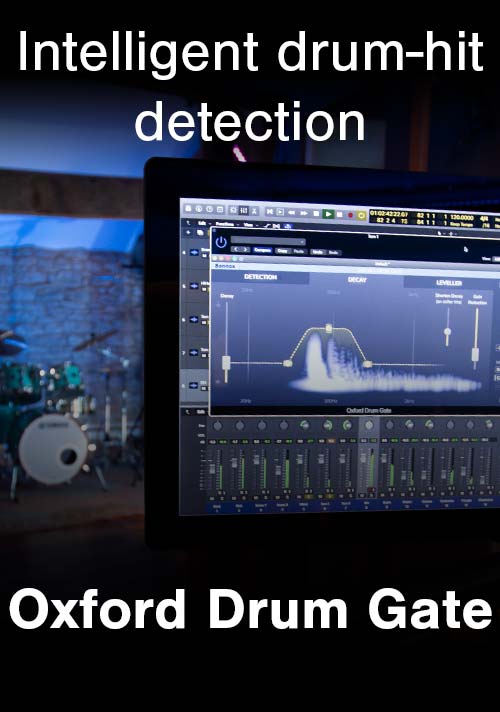Dave Kutch
Mastering the Subtleties for Alicia Keys
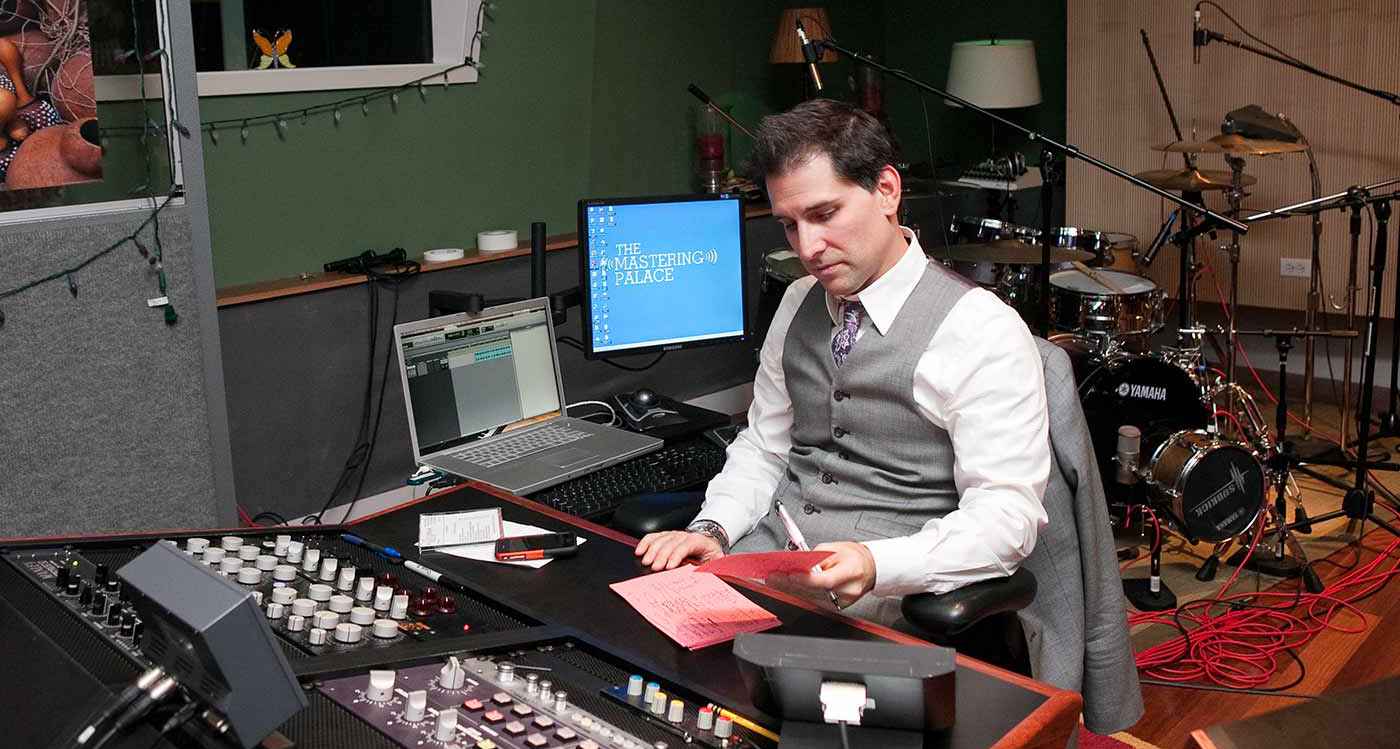
Tucked away in uptown Manhattan behind an unassuming front door on 121st street, sits The Mastering Palace. Owned by Grammy-nominated Mastering Engineer Dave Kutch, it’s a place where comfort and vibe meet the best of analog and digital technology. With a deep resume of experience at the likes of Hit Factory Mastering, Masterdisk and Sony Studios, Kutch has become one of the “go to” guys for Hip Hop and R&B work. We visited him at The Mastering Palace” and got the lowdown on setting up his portable room, working with Alicia Keys, and of course, his use of Sonnox Oxford plug-ins.
How was working with Alicia Keys?
Special! Alicia has both, extensive musical and technical talents in the studio that the public has yet to see. It was Alicia’s and Ann Mincielli’s idea to move my mastering gear into her live room at Oven studios for the “As I Am” LP. Nobody does this! When Sony Studio shut down I took all my gear and shipped it to Alicia’s. The timing could not have been better. We literally set everything up in the middle of her Studio A live room.
How did the work flow progress?
Tony Maserati would be mixing down the street at another studio. Manny Marroquin would be at Oven studios mixing in the top floors’ Studio B, Ann, Kerry and Alicia would finalize productions in Studio A’s control room on the first floor and I would be in that studio’s live room mastering. There were so many advantages to having everyone within arms reach
For example, if Alicia suddenly wanted to change a vocal, or a piano line we could literally record, mix and master the new version of the song inside of an hour. We would do this on many songs. “Empire State of Mind – part II” came to light this way, only hours before it had to be delivered to the pressing plants. Alicia cut new vocals at 1am, the bass player played new bass lines at 2 am, Ann combined one version Manny had mixed and one version Tony had mixed into a completely new mix at 3 am and I mastered it at 4 am. Once everyone approved it, a new master was sent to the plant by 9am and we made our deadline. Priceless. Not too many people get the opportunity to work this way. For me to get the chance to collaborate with Alicia and her talented team not once but twice was a special treat.
Did you use Sonnox plug-ins mastering Alicia’s albums?
Absolutely. The Oxford Limiter (True Peak Limiter Plugin) is all over both of those records.
Manny is actually one of the reasons why I started using Sonnox. I master a lot of his work and he has a very clear vision for the sound of his mixes. He doesn’t like it stepped on or changed. It’s understandable, and fortunately his mixes never need much. I rarely have to add any compression to his mixes but if I do, I’ll grab a Sonnox, because they’re so transparent. I can dial it in, get something out of it, and not change the overall dynamic feel of that track. Anytime I master Manny’s tracks I call it “breaking out the velvet glove”. I just give it a little massage followed by a few strokes, and finish with a happy ending. The Sonnox plug-ins allow me to do just that - give happy endings!
Tell us a little bit about your workflow.
I like to do about half of my compression with a plug in before I even leave Pro Tools. This is especially true for Hip Hop and R&B material. The read ahead ability is better at letting transients slide through as opposed to analog compression. Also, there are more creative choices available with plug-ins, which can be a blessing and a curse.
So as far as my compression scheme goes, that’s where I find the Sonnox plug-ins most useful. I particularly use the Limiter, working off several presets that I’ve made. My common adjustments on them would be Input Gain – how hard I squeeze the piece, and then Release. This way, if I hear the vocal getting stepped on a little too much, or it starts pumping, I’ll just soften up or increase the Release one way or the other.
Another feature I use on the Oxford Limiter is the Enhance option. If I get a track that is just miserably bright from poor tracking, where every individual track was recorded way too hot, that it ultimately produces a cumulative distortion – it still works to get ‘air’ into it. Adding traditional EQ to get some ‘open air’ into the song just makes it worse. The Enhance feature, which clearly adds harmonic detail, is great on these types of mix issues by opening them up a little bit without adding additional harshness.
Alternatively, if I get a completely dull track that needs some sparkle, and adding too much outboard EQ makes it sound weird and phasey, I’ll hit the Enhance to open up the vocal, snare and hi-hats a bit. That’s really one of the nice things about the Oxford Limiter, I’ve got a lot of options, and I can always find that colored or un-colored sound I’m looking for.
If I’m working with a mixing engineer who really likes his work to sound as close to his or her mix as possible, that’s when I’ll grab the Oxford Limiter – it can be really very subtle, clear, maintain transients and still significantly increase your average peak level.
What other Sonnox plug-ins do you use in your system?
I fell in love with the SuprEsser. It’s really a magic toolbox that everybody needs to have. I’ve turned so many people on to this thing! I use it predominantly to pull out bass guitar overtones caused by bad live rooms or poor tracking. Sometimes, you get those classic 140, 220, 300 Hz notes that just jump out when the player hits certain notes, Those notes are always within the same range, but the nice thing about the SuprEsser is you can see exactly what frequency it is, and exactly where it pops out and catch just that note.
How would you take care of that before using the SuprEsser?
Previously when I had songs with that problem, I would typically grab an outboard EQ and create a tight notch around that frequency and pull it down a dB or two. Unfortunately, that would be a permanent change throughout the track so I would have to compromise between losing some of the body of a snare drum or a vocal or not enough of that obnoxious bass note. With the SuprEsser, there is no compromise, it only pops in when that obnoxious tone kicks in. It’s brilliant as a problem solver as well as de-esser.
The nice thing about the way it’s set up is that it can be used in Simple Mode where there’s just three faders to make it work, or you can get in there and really change the attack and response times and so on. One added note, I usually shut OFF the AUTO level tracking when using it as both a De-Esser or Bass Filter. With stereo program levels it’s not necessary to track dynamic range as you would a single vocal track. Sonnox doesn’t make a hundred plug-ins, but they make unique ones that are slightly different from what everyone else is doing. I’d rather have five plugs that are really detailed and work perfectly than a thousand with so-so options.
Interview and editorial provided by Rich Tozzoli
